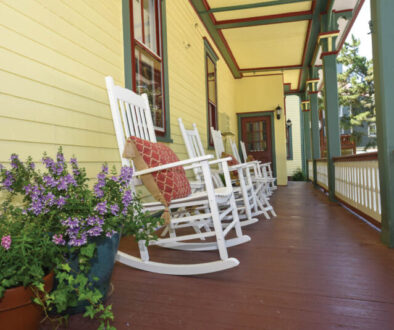Chuck-Will’s-Widow

It’s just getting dark when they start. A loud two-note whistled will’s-widow that on some nights goes on incessantly; I hope it’s not just outside your house! If it is, you will also get to hear the chuck that’s inaudible when it’s further away. It’s named after this song Chuck-will’s-widow, though we birders usually shorten it to Chuck.
Chucks are very similar to another Nightjar called the Whip-poor-will; also named after its song. When I first moved here in the 90s, Whips were the common nightjar in south Jersey. Over the years Chucks have really increased in numbers and pushed out all the Whips south of Belleplain. Very similar birds tend to compete and in nature there is often only one winner. The Chuck is a southern species, so as the climate warms these southern species advance north gaining new territory, and they push the more northerly species back.
Nightjars have traditionally been known as “goatsuckers” for sucking milk from the teats on goat’s udders. This old wives’ tale dates to 300 BC when Aristotle talked about how these birds could come into the goats’ pens and suck them dry and the goats becoming blind. Widely believed, or not, the name has stuck.
Their Latin name Caprimulgus is derived from capra meaning “nanny goat” and mulgere the verb “to milk.” It is amazing how such a tale could start and then be believed, though I guess I shouldn’t be surprised given what stories people seem to make up today and get away with. I still call them goatsuckers even though I know it is incorrect. Funny how things stick or perhaps we like it because it adds a bit of mystique.

Chucks are big cryptic birds designed to blend into the woodland and leaf-studded floors. Sandy dry areas are preferred. Higbee Beach, Cold Spring Campground, the dunes by the Concrete Ship and Seagrove Avenue are favorite places, and you can often hear several calling at once around Cape May Airport. They sit on the ground or a branch very close to it. Every now and then they sit up higher on branches where their distinctive silhouette stands out. They are usually dark brown, but odd ones are a lot grayer, just like grouse, owls, and other birds that blend into the forest. They sit motionless in the daytime; they will see you way before you see them. Nine times out of ten, you will flush them because you didn’t know they were there. They are faithful to sites, and I have made multiple trips to try and photograph them. I never seem to win whatever I do or however creative I get. I suppose I am a lot larger: that’s my excuse and I am sticking to it!
If you do get lucky and find one sitting, identifying them is tricky because they are often misidentified as Whip-poor-wills or American Nighthawks. Whips are about 20 percent smaller and lack the broad head of the Chuck. No two birds are marked the same and the variation is so great that trying to use variation in feather patterns is futile. But if you get a chance to really watch one, look at the intricacy of the feather pattern. They are simply amazing. The American Nighthawk is much smaller, with a tiny head and long, slender wings. They often sit up in trees. All the nightjars typically fly off but sometimes they think they are invisible sitting there motionless, affording great views.
I have had lots of fun trying to photograph them at night. Let me just say perseverance is the name of the game, allied to a bit of luck and learning from getting it wrong so many times. It is always fun listening to them. They start up right at dusk and call for 20 minutes nonstop. Sometimes they will keep calling for seemingly ever, but at other times, they can be remarkably quiet, particularly on cold blustery nights.
Chucks feed on mostly insects but have been known to take rodents and small birds. They are jay-sized with long wings and a long, quite broad tail, a perfect shape for agility and speed. They fly low to the ground, twisting and turning through tight spaces for a big bird and occasionally coming up to tree-top level. They have the most enormous, cavernous frog-like mouths for bucketing their dinner. You would never know because they only have a small bill. Nature always has a purpose.
If you have a flashlight, the red ‘eye shine’ is by far the best way to see them. Actually, you often see the reflection, but you can barely see the bird.
The next time you are out for a romantic stroll by the dunes near the Concrete Ship, listen for the will’s-widow. I bet they will get a bit closer, and it may well end up being a night to remember. ■



